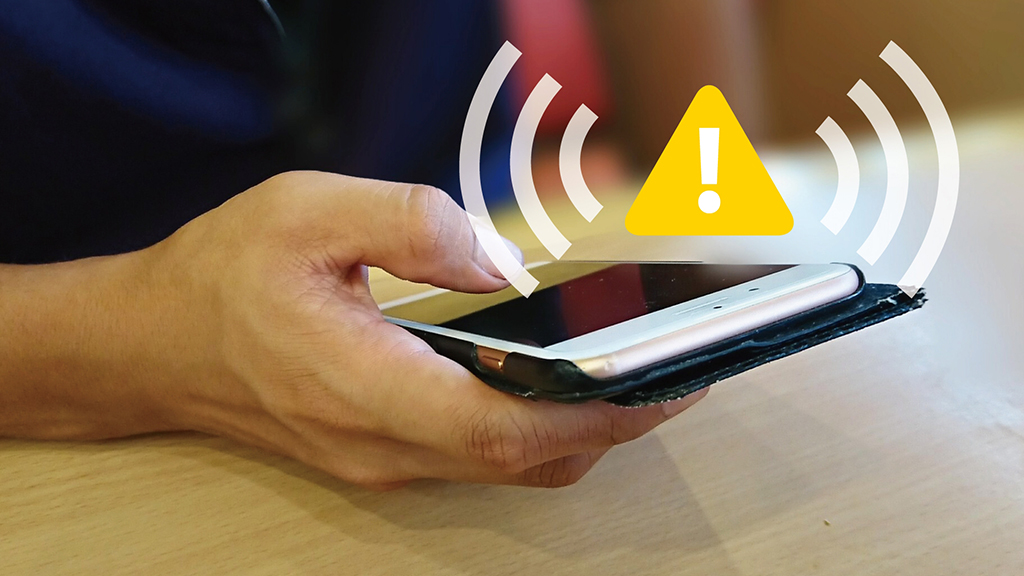Ways for Foreigners to Get Important Emergency Information

This post is also available in 日本語
Disasters, such as earthquakes, tsunami, typhoons, floods, volcanic eruptions, and infections, occur in various areas around the country every year. It is useful to use SNS to collect the necessary information in case of disaster, but this leads to the propagation of a large quantity of guesswork or groundless rumors, and the mistaken information can sometimes cause secondary damage. We need to regularly check how to obtain the correct information. There are tools that provide information in multiple languages in all regions throughout the country.
Make sure you also read “Prepare Disaster Mitigation Goods!”, “Remember! “All evacuate at Alert Level 4”.
Contents
Japan Tourism Agency (supervisory)
[App] Safety tips
Languages: English, Simplified Chinese, Traditional Chinese, Korean, Japanese, Spanish, Portuguese, Vietnamese, Thai, Indonesian, Tagalog, Nepalese (Plan to support: Cambodian, Burmese, Mongolian)
Notifications are provided for emergency earthquake information, meteorological information, volcano alerts, heat stroke information, civil protection information (ballistic missile launch etc.). You can confirm information on medical institutions that will accept foreigners, operational status of transportation facilities, evacuation advisories and information on evacuation locations. There is an abundance of information that would be useful at the time of disaster, such as flow charts on action that should be taken in case of disaster and communication cards summarizing expected questions at the time of disaster.
https://www.rcsc.co.jp/safety-tips-en
JNTO (Japan National Tourism Organization)
This is communicated in multiple languages for foreign nationals visiting Japan.
[App] Japan Official Travel App
Languages: English, Simplified Chinese, Traditional Chinese, Korean
You will be notified of warnings/alerts about natural disasters. It will also contain information on medical institutions and evacuation points that can assist with foreign languages.
https://www.jnto.go.jp/smartapp/eng/about.html
[SNS] Japan Safe Travel
Languages: English (Twitter), Simplified Chinese (Weibo)
This distributes warnings/alerts about natural disasters, transportation information, and information about infections and heat stroke.
Twitter: https://twitter.com/JapanSafeTravel
Weibo: https://www.weibo.com/JapanSafeTravel
[WEB] JNTO global website
Languages: English
Disaster-related information is published in “Important Notice”. There are also sites compatible with languages other than English, although the English version of the site will tend to have the most recent information and be updated more frequently.
https://www.japan.travel/en/
[WEB] Medical institutions that accommodate foreign patients
Languages: English, Simplified Chinese, Traditional Chinese, Korean, Japanese
You can search hospitals that provide treatment in foreign languages by region, language and treatment item. You can also confirm the procedures for dealing with each medical institution.
https://www.jnto.go.jp/emergency/eng/mi_guide.html
[PDF] Guide for using medical institutions
Languages: English, Simplified Chinese, Traditional Chinese, Korean, Japanese, Thai
Here, you can download the method of using the medical institution, as well as a pointing sheet for explaining symptoms. (Click the link bottom at the bottom of the page after accessing the URL.)
https://www.jnto.go.jp/emergency/eng/mi_guide.html
[Telephone] Japan Visitor Hotline
Languages: English, Chinese, Korean
This is a 365/24 call center, compatible with multiple languages, aimed at foreign nationals visiting Japan. It is able to provide support in case of emergencies, such as for illness or disaster.
TEL. 050-3816-2787
NHK WORLD-JAPAN
Languages: Arabic, Bengali, Burmese, Simplified Chinese, Traditional Chinese, English, French, Hindi, Indonesian, Japanese, Hangul, Persian, Portuguese, Russian, Spanish, Swahili, Thai, Turkish, Urdu, Vietnamese
Japanese public media broadcasts the most recent news from Japan and Asia in multiple languages. This is a good source of information when a major disaster occurs.
https://www3.nhk.or.jp/nhkworld/
Prime Minister’s Office (Disaster/risk management information)
Languages: Japanese only (Twitter)
Distributes political activity information related to disaster/risk management.
Twitter: https://twitter.com/Kantei_Saigai
Disaster prevention app using L-alerts
Languages: Japanese only
This is an information distribution platform for distributing information on disasters promptly and efficiently. Various local government bodies and media offer own disaster prevention apps using L-alerts. Find apps to get information about your place of residence and work.
https://www.fmmc.or.jp/Portals/0/images/commons/merit/CMNS-C20-00202.pdf
Tools useful for collecting information
[App] VoiceTra
Voice input/output: Japanese, English, Simplified Chinese, Traditional Chinese, Korean, Thai, French, Indonesian, Vietnamese, Spanish, Burmese, Tagalog, Portuguese, Cambodian, German, Russian
Voice input: Nepalese/Polish
Text input only: Arabic, Italian, Urdu, Dutch, Sinhalese, Danish, Turkish, Hungarian, Hindi, Portuguese, Malay, Mongolian, Lao
There are translation apps that you can use free of charge.
http://voicetra.nict.go.jp/en/index.html
[Free Wi-Fi] 00000JAPAN
This is a public wireless LAN provided free of charge at the time of major disasters. Check how to use this in case of emergencies.
- If You Want to Improve Your Sleep Quality, You Should Change Your Pajamas! 3 Recommended Pajamas
- Conveniently 2-Way! This Product Is Useful in Both Summer and Winter.
- Easily Exercise at Home! Fashionable Design Lifts You!
- Fold Up Quickly! It’s a Handy Reusable Bag When You Go Shopping!
- If You Wonder What Should Give a Gift, This Is the Best Choice! Cool Packaged Handkerchiefs!









